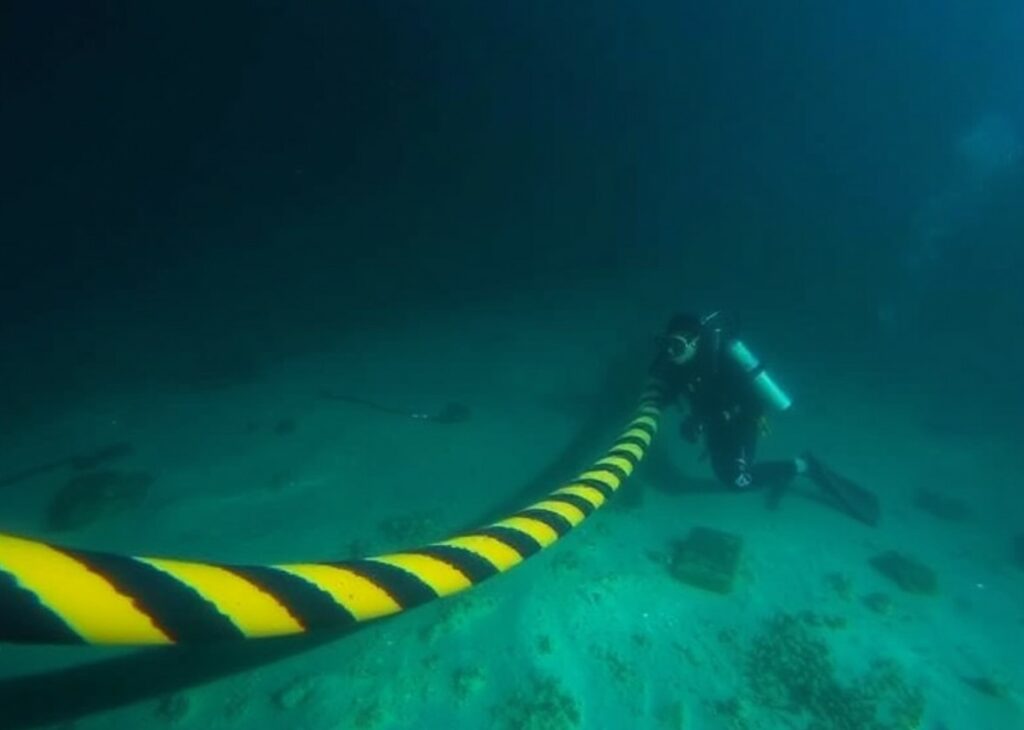
The trial has begun for the crew of the oil tanker Eagle S, which tore several undersea cables in the Gulf of Finland in 2024. The captain of the tanker and his two officers are accused of damaging five undersea power and telecommunications cables as the ship left Russia and passed through the Gulf of Finland. Both denied guilt during the trial that began Monday in Helsinki.
The prosecution alleges that the crew of the tanker Eagle S deliberately dragged its anchor along the seabed to sever the Estlink 2 electricity transmission cable connecting Estonia and Finland, as well as four other internet lines. According to the prosecution, Finnish security forces intercepted the vessel from the air and forced it into the country’s territorial waters by landing troops from helicopters.
The defendants have denied guilt and rejected the cable operators’ claims that they are seeking $70 million in damages.
Finnish prosecutors are seeking a two and a half year prison sentence for the captain, Georgian citizen David Vadachkoria, who commanded the Cook Islands-registered tanker. They have also requested actual prison sentences for the Indian deputy captains, the first and second mates. They are charged with serious criminal damage and serious interference with telecommunications.
The captain’s lawyer, Tommi Heinonen, insisted in court that the incident be classified as a “maritime incident.” He also argued that Finnish jurisdiction did not apply, as the cable had been damaged in international waters.
According to the defense, the anchor sank to the bottom due to a malfunction. According to the prosecutor, on December 25, the tanker continued to sail at low speed for three hours after the first cable broke.
Finnish authorities contacted the crew and asked if the anchor had been raised and secured. The crew responded in the affirmative. The defendants’ lawyers claimed that the crew relied on information provided by the mechanic, who explained the drop in speed as an “engine malfunction.”
According to the prosecutor’s office, the ship damaged four more cables that evening, which, according to the prosecutor, confirms the existence of intent. Under Finnish criminal law, the maximum penalty for a serious crime involving damage is ten years in prison. For serious interference with telecommunications infrastructure, a prison sentence of up to five years is applicable.
Prosecutors emphasize that the crew’s actions created serious risks for Finland’s energy supply and communications.
Follow us on Google News to receive daily updates on cybersecurity. Contact us if you would like to report news, insights or content for publication.
